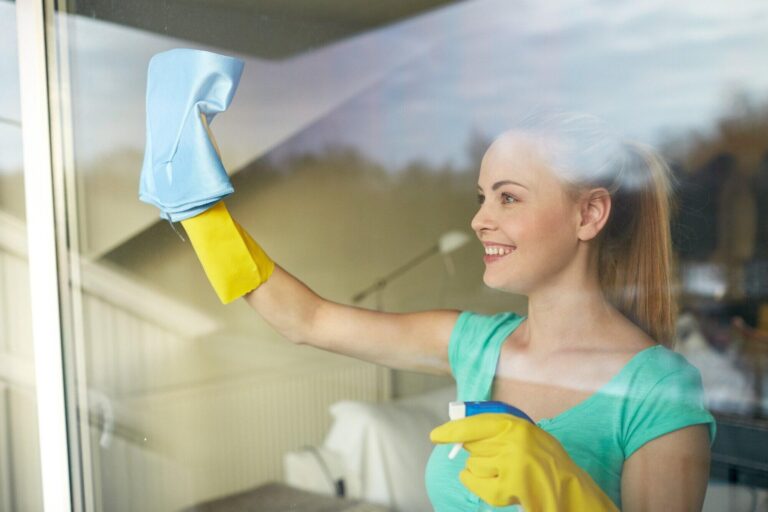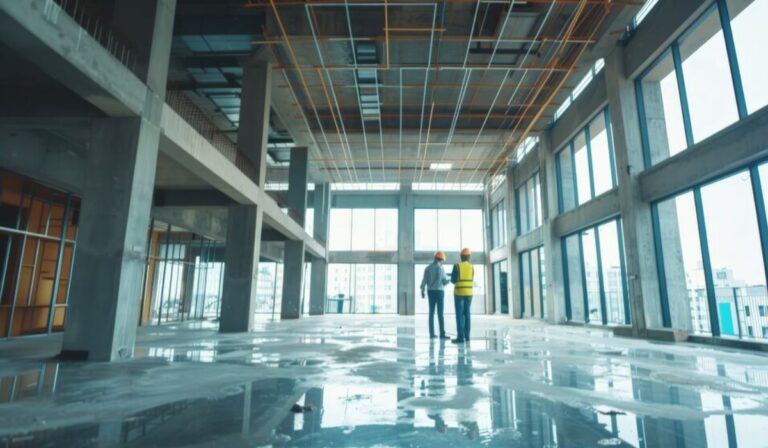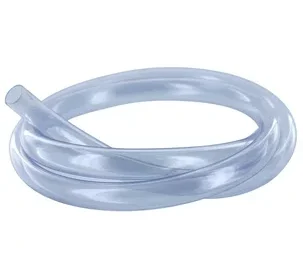Prevent Roof Damage: Expert Cleaning Tips for St. Peters Residents
How can regular cleaning help protect a home from damage? What are the best practices for maintaining a clean and safe roof? Let’s explore some expert roof cleaning tips to keep St. Peters homes in top shape.
Why Regular Cleaning is Important
One of the most effective ways to prevent costly repairs is by maintaining a clean roof. A few St. Peters roof cleaning tips that are typical for the residents of this place can help you avoid costly replacements. These tips can help residents protect their homes from potential damage caused by mold, moss, and debris buildup.
When dirt and organic materials accumulate, they can trap moisture and cause the surface to deteriorate over time. Moss and algae are particularly harmful because they retain moisture, which weakens shingles and creates an environment for mold growth. Addressing these issues on time prevents structural problems and prolongs the lifespan of the roofing material.
4 Roof Cleaning Tips for St. Peters Residents
Keeping the roof clean is more than just for aesthetic purposes. However, you need to know certain tips that can help you follow the right track:
1. Use the Right Tools and Methods
Choosing the appropriate tools and techniques is crucial for effective roof maintenance. Pressure washers might seem like an efficient option, but they can cause more harm than good. High-pressure water can damage shingles, loosen granules, and lead to leaks. Recommended tools and methods for St. Peters homeowners include:
- A soft-bristle brush for removing debris.
- A garden hose for gentle rinsing.
- Non-abrasive cleaning solutions for removing moss and algae.
- A leaf blower for clearing leaves and twigs.
- Protective gear like gloves and safety glasses.
Using the right tools helps ensure the surface remains intact while removing unwanted materials. This method reduces the possibility of harm and maintains the space tidy and useful.
2. Keep Gutters Clear to Prevent Water Damage
Gutters are essential for diverting water away from houses. When they fill up with leaves, twigs, or other debris, water can overflow and cause structural damage to the roof. Overflowing water may also seep into the foundation or cause erosion around the home.
To avoid these issues, gutter cleaning must be done on a regular basis. Remove any debris and look for obstructions in the gutters and downspouts. Installing guards can reduce maintenance by keeping larger debris out. A clear gutter system helps maintain the integrity of the roof and prevents issues related to water damage.
3. Address Moss and Algae Growth Early
If left untreated, moss and algae can seriously harm the appearance. Moss grows in damp areas and can lift shingles, while algae form dark streaks that retain heat and moisture. Early intervention is the key to preventing these issues from spreading.
Use a non-toxic solution designed for removing moss and algae. Apply it as directed by the manufacturer, then use a soft-bristle brush to gently scrub the affected areas. Rinsing with a garden hose should follow to wash away any residue. Frequent inspections help identify these issues early on and make sure they are fixed before more harm is done.
4. Schedule Professional Inspections Annually
While regular cleaning and maintenance are essential, scheduling professional inspections provides an added layer of protection. Professionals can identify hidden issues that may not be visible from the ground, such as small cracks or loose shingles. Addressing these problems prevents them from escalating.
Annual inspections ensure the home remains in good condition and that any minor issues are resolved before they become costly repairs. A professional evaluation also provides peace of mind and helps homeowners maintain a well-kept property.
Implementing these St. Peters roof cleaning tips can help residents maintain their homes and prevent costly damage. Regular cleaning, proper tool selection, and professional inspections are key to a long-lasting and healthy roof. Following these practices ensures the structure remains sturdy and protected for years to come.







